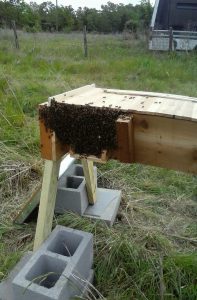Everyone Knows that prayer is essential for spiritual growth. We seek to grow closer to Jesus, to become better conformed to His plan for our lives, and so we incorporate both planned and spontaneous prayer into our days. Prayer routines are as varied as the people who have them.
Some pick up the book, CHRISTIAN PRAYER, and pray the psalms for morning and evening prayer. Others use the full multi-volume LITURGY OF THE HOURS and pray some or even all of it. Some pray one or more Rosaries a day, and some spend a daily time reading in the New Testament, and others a daily reading in the Pslams, others choose to pray novenas, and more. I used to keep a notebook in which I placed prayer cards of Saints, and printed out novenas, and kept a list of people for whom I was trying to pray by name. I’ve tried those, and many more plans but nothing has stuck until recently. Recently I joined a group of women online who were taking the Nineveh 90 challenge. We set up private groups to support each other in this rigorous set of prayers and novenas. It wasn’t easy, but it certainly was fruitful!
My plans for my day include prayers for family members, the prayers for the Angelic Warfare Confraternity, and a handful of other, short prayers. I seem much better able to keep the routine if every bit of it is short!
I include prayers for all my immediate family members, using Habitica to keep track of them, prayers are listed both as Dailies, and a couple of prayers that are good to repeat, so as to refocus onto God in the course of the day, go into Habits. I blogged on the use of Habitica in a previous post.
These are some of the prayers I am using: The Creed, The Angel’s prayer from Fatima, several prayers for purity, and an evening examination of conscience with act of contrition for my sins. That last ends with a plan for one thing I can do the next day so as to avoid repeating one or more sins.
Of course, that act of contrition and examination of conscience is going to require its own blog post. For something so simple it is huge and complicated!
Dear Lord, please help each of us to grow in holiness and closer to Jesus. +Amen.



